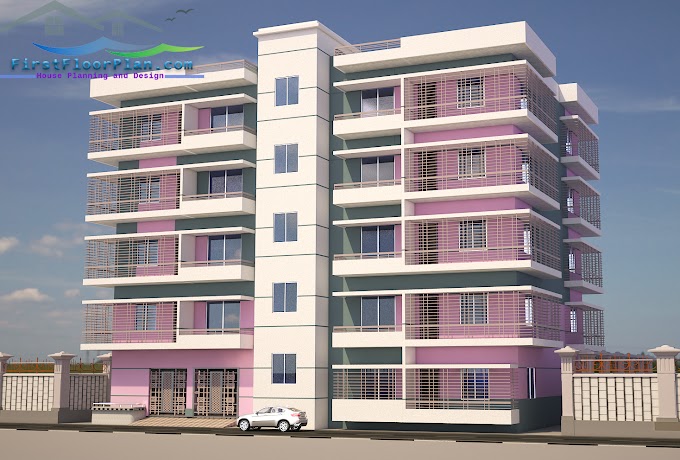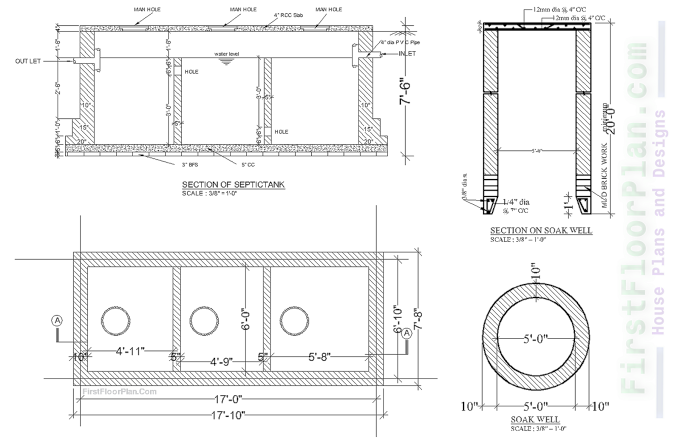The Objectives of Post-Workshop Activities
The objectives of post-workshop activities are manifold and critical. Firstly, they aim to solidify the insights and learnings gleaned from the workshop, serving as a bridge between theory and practice. Secondly, they function as a monitoring tool, diligently tracking the advancements of VM initiatives to ensure they're on the right trajectory. This ongoing oversight further promotes stakeholder engagement, ensuring that all parties remain accountable and aligned with the project's goals. Lastly, these activities provide an opportunity to dynamically refine and adjust the action plan, optimizing it based on its real-world application and performance, thereby ensuring the most effective outcomes.
Post-Workshop Follow-Up
Immediate Follow-Up (within a week):
● Debrief Session: Organize a debrief meeting with key participants to discuss initial reactions, insights, and any immediate concerns arising from the workshop.
● Distribute Materials: Share workshop summaries, action plans, and any other relevant documentation with all attendees to ensure everyone is on the same page.
● Gather Feedback: Collect initial feedback from participants regarding the workshop's content, delivery, and any areas for improvement.
● Assign Responsibilities: Clearly designate roles and responsibilities for implementing the initial steps of the action plan.
● Establish Communication Channels: Set up communication platforms or tools, ensuring all stakeholders can easily connect and share updates.
Short-Term Follow-Up (1-3 months):
● Progress Review: Schedule periodic meetings to assess the progress of the VM initiatives and ensure they are on track.
● Stakeholder Engagement: Engage with stakeholders to gauge their involvement, gather further feedback, and address any emerging challenges.
● Adjustment of Strategies: Based on the feedback and real-world performance, make necessary adjustments to the action plan.
● Training & Resources: Provide any additional training or resources required to facilitate the implementation of VM initiatives.
● Document Findings: Continuously document findings, lessons learned, and best practices to inform future VM efforts.
Long-Term Follow-Up (6-12 months):
● Comprehensive Evaluation: Conduct a holistic review of all VM initiatives to determine their effectiveness, return on investment (ROI), and overall impact.
● Stakeholder Feedback Loop: Engage in more in-depth discussions with stakeholders to understand their long-term perspective on the project's outcomes.
● Refinement of Action Plans: Based on the accumulated data and feedback, refine the strategies to enhance future VM endeavors.
● Success Celebration: Recognize and celebrate the milestones and successes achieved, boosting team morale and emphasizing the importance of the VM process.
● Plan Forward: Based on the insights from the year, strategize for the next phase of the project or new VM initiatives, ensuring continuous improvement.
Feedback Loop
The feedback loop plays a pivotal role in VM, serving as the lifeline to continuous improvement and optimal value delivery. Harnessing diverse tools and techniques—from surveys and focus groups to real-time monitoring software—allows for a holistic capture of stakeholder perspectives and insights. This continuous stream of feedback, once processed, becomes invaluable in refining ongoing VM initiatives and strategically shaping future projects. By integrating this feedback, VM projects evolve dynamically, ensuring they remain relevant, effective, and in alignment with stakeholder expectations and needs.
Monitoring & Evaluation
Monitoring and evaluation stands as a cornerstone in the VM process. Through the lens of meticulously chosen Key Performance Indicators (KPIs), VM initiatives can be quantitatively and qualitatively assessed, providing tangible metrics for success and areas of improvement. Regular progress reports, grounded in these KPIs, offer a structured insight into the trajectory of VM projects, ensuring they stay aligned with their objectives. Furthermore, involving stakeholders in the evaluation process not only enriches the assessment with diverse perspectives but also fosters a sense of collective ownership and accountability, thereby enhancing the overall efficacy and integrity of the VM process.
Ensuring Stakeholder Engagement
Ensuring robust stakeholder engagement is pivotal to the success of any initiative. This can be achieved through consistent communication and updates, keeping everyone informed and aligned with the project's progression. Moreover, actively involving stakeholders in the decision-making process fosters a sense of ownership and commitment, making them integral partners in the journey rather than passive observers. Equally crucial is the act of recognizing and acknowledging their contributions; by celebrating their input and efforts, stakeholders are more likely to remain engaged, motivated, and invested in the project's outcomes.
Refinement & Continuous Improvement
In the realm of VM, refinement and continuous improvement are not just beneficial; they're imperative. The very essence of VM hinges on the ability to iteratively enhance strategies, ensuring optimal value delivery. By systematically reviewing results and processing feedback, VM strategies can be fine-tuned to better align with evolving project goals and stakeholder expectations. Furthermore, as the landscape of management continually shifts with the advent of new tools, technologies, and methodologies, it's vital to incorporate these innovations. Embracing this dynamic approach ensures VM remains both contemporary and effective, adeptly navigating challenges while capitalizing on opportunities.
Common Pitfalls & How to Avoid Them
In the journey of VM, while the potential for transformative outcomes is vast, certain pitfalls can hinder the realization of these benefits. Some of the most frequent missteps include neglecting the critical post-workshop follow-up, failing to keep stakeholders engaged after initial sessions, sidelining invaluable feedback, and bypassing the essential step of measuring and evaluating the overall impact of VM initiatives. Each of these pitfalls can severely curtail the efficacy of VM, but with awareness and proactive measures, they can be adeptly navigated, ensuring the path to value optimization remains unobstructed.
Conclusion
In wrapping up our discourse on VM, it's paramount to emphasize the weight post-workshop activities carry in the grand scheme of value optimization. These activities, far from being mere formalities, serve as the bridge connecting theoretical strategies to tangible, value-driven results. To truly harness the transformative potential of a VM, consistent and dedicated efforts are non-negotiable. Stakeholders, therefore, must remain vigilant and proactive in their commitment to deliver and ascertain VM value, ensuring that the fruits of their labor are realized in full measure.
Author Profile
I am Meshari Al-Ebrahim, an author and engineer hailing from Kuwait. My educational background is in Mechanical Engineering, and I'm also well-versed in the field of Renewable Energy. In addition, I have a profound and abiding interest in Value Methodology (VM), as it represents a structured approach to optimizing and enhancing the value of projects, products and processes, aligning perfectly with my commitment to efficiency and innovation.
Contact: For interviews, lecturing, or collaboration opportunities, please reach out to me at meshari18@ymail.com








%20House%20plan%20with%207%20storey%20Apartmen%20building%20Structural%20desing%20%20DWG%20&%20PDF.jpg)


